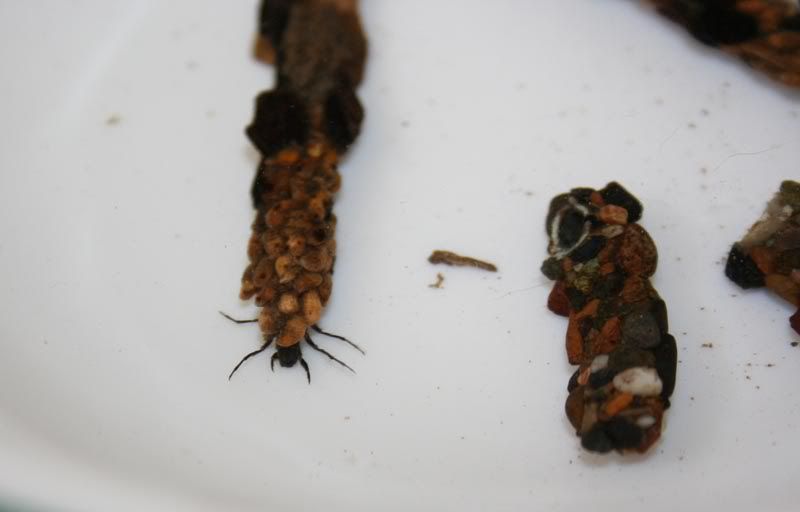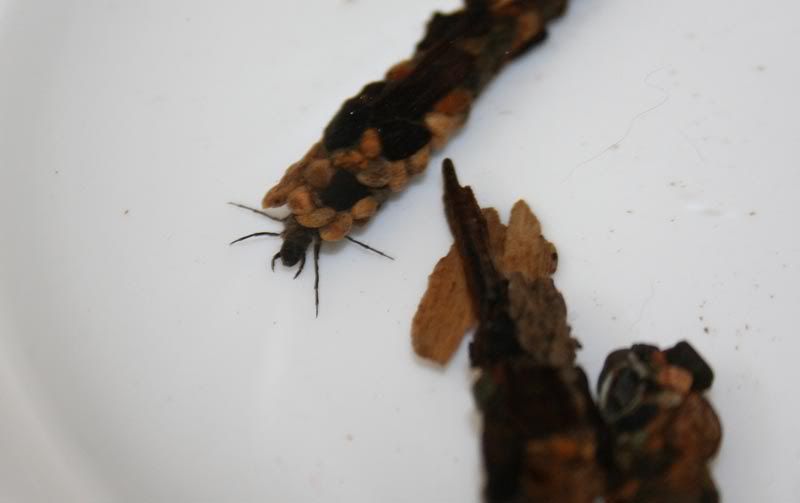Since I began this thread I since removed two pairs of the Blue Discus to their own breeding tanks. It looks like the remaining two Discus are also a pair. I plan to remove them soon.
I plan to restock this tank with 8 wild Red Spotted Green Discus.
Meanwhile I have 10 F1 juvenile Mesonauta acora I bought from Al and have enjoyed them a great deal. They are an under appreciated medium size Cichlid which have much in common with wild Angelfish and Discus.
When I added the Mesonauta, often called Flag Cichlids or Festivums after another species in their genus, the Discus became much more outgoing. They helped induce the pairs to bond more firmly and progress towards spawning. They are often found together in the wild so they are familiar to each other, having coexisted together for hundreds of thousands if not a million years.
I had to remove the 2 pairs of adult Sturisoma aureum. I have had problems in the past trying to keep Sturisoma with Heckel Discus and the Sturisoma have the bad habit of persistently harassing and eating skin mucous off the sides of Discus. Heckels are meeker than other Discus species and my hope was that the Blue discus, the most bold of Discus, IMO, were still not up to the task of defending themselves from Sturisoma attacks.
The Sturisoma spawned several times while they lived in this tank but my Sturisoma spawn all the time. I have quite a few even after I sold off about 100. Their fry are among the most difficult of the loricariidae to raise. I have written an article at the request of Shane, which will be appearing on www.planetcatfish.com in "Shane's World' section. I have a method that results in higher survival rates than those choosing to assume Sturisoma are vegetarians. They are actually mainly predators of aquatic insect larvae. The algae they eat is a byproduct of their search for their prey. I had really hoped these very fascinating catfish would be able to peacefully coexist with the bolder Blue Discus. If there was ever a pleco relative to fear regarding Discus, the Sturisoma are a Discus' worst nightmare. Here is an old photo of some of the wild caught Sturisoma I bred caught in the act of attacking Heckel Discus.
This photo also shows my other planted wild Discus tank back in the days when I did not have any facing on the glass terrace and the algae that grows on the inside face of the terrace front glass. I have since replaced the dark substrate with white quartz sand, added a ceramic facing on the front of the terrace and sold the 10 Heckels. 8 adult wild Peruvian Angelfish presently live in the tank including 3 mated pairs.







 Reply With Quote
Reply With Quote










